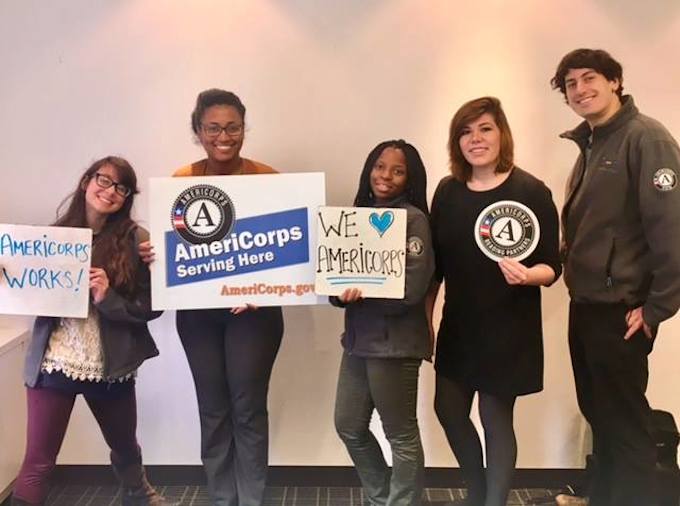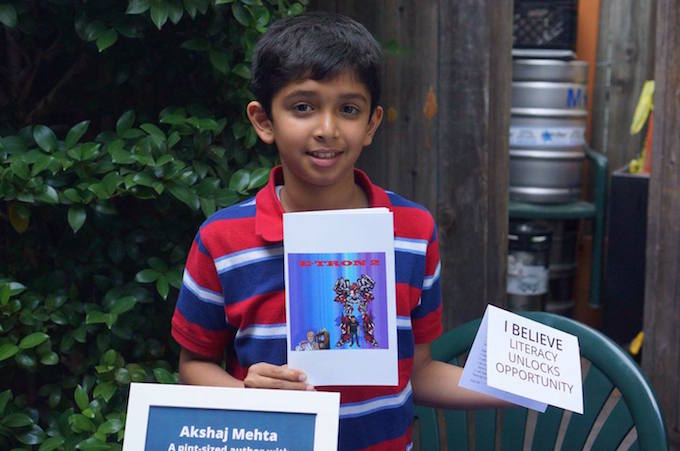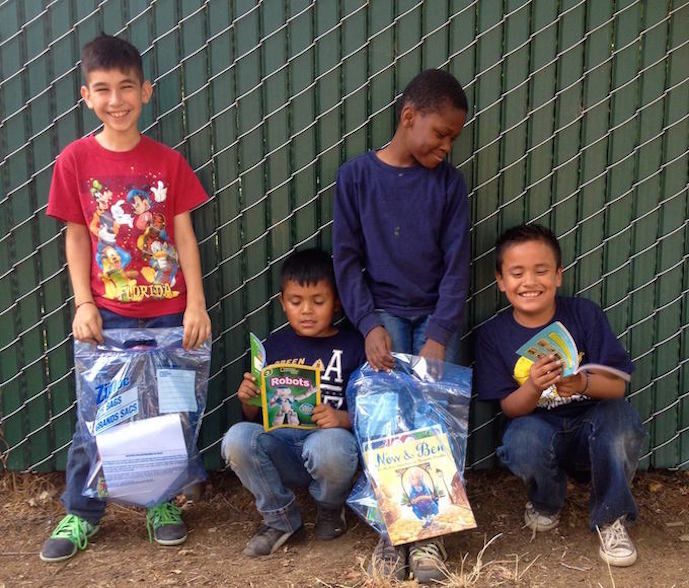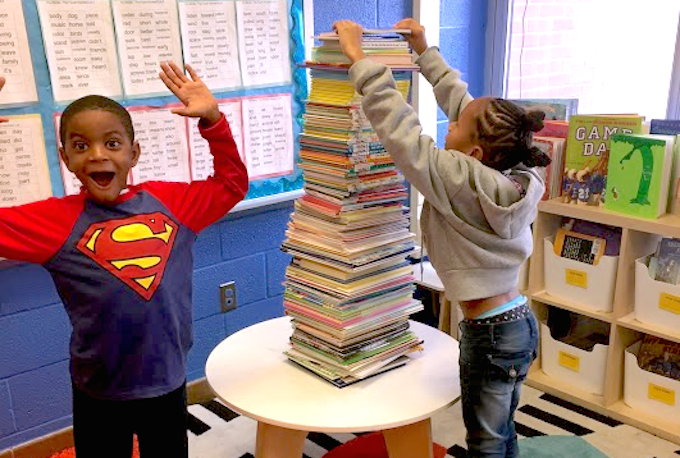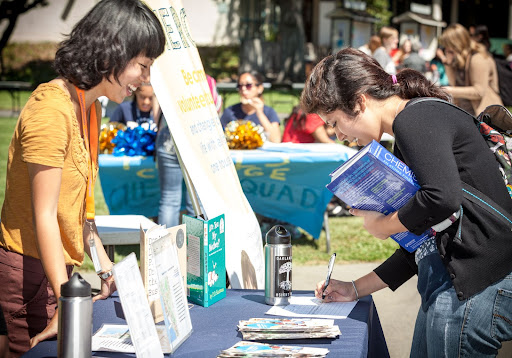March 22, 2017
How to instill traits of generosity and service in young children
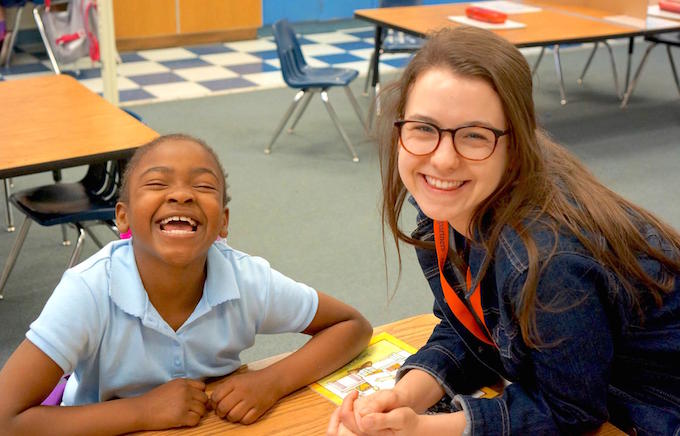
Since I can remember, I have been involved in community activities and volunteering. As a kid I enjoyed being around other people, participating in activities I could perceive were valued. And as I got older I envisioned myself in a career of service—doing meaningful work for the betterment of humanity.
But my passion for service didn’t just develop from volunteering. My parents read books to me: Books about civil rights, humanity, and diverse cultures around the world. These books opened my eyes to different perspectives, struggles, and triumphs. One book in particular, Material World: A Global Family Portrait, is forever engrained in my memory. Its pictures of global families staged with all of their possessions shaped some of my earliest memories of feeling compassion and self-awareness.
Photo by Peter Menzel
In considering how to become a positive role model for future generations, I wonder: “How do we build traits of empathy and humanity?”, “How can we help kids become service-minded?”
Through research and soliciting advice from friends and family, I’ve learned that motivating kids to be service-minded takes consistent effort involving teaching and practicing empathy, gratitude, and self-awareness. And the rewards can be most gratifying for both teacher and student.
Here are some tips and fun strategies for inspiring young ones to become do-gooders:
Participate in service activities
When I asked my friends and family what strategies they use to raise kids who enjoy giving back, the most popular answer was simple: volunteer. Many of my AmeriCorps and nonprofit peers have long histories of volunteerism starting at young ages which has encouraged them to become adults committed to serving others.
By exposing kids to volunteer activities early on, they form good habits and connections—making volunteering the norm. More importantly, as a role model, participate in volunteer opportunities to reinforce these positive habits.
Strategies:
- Make service a routine for your family: volunteer, join a club, enroll in Girl Scouts, participate in community activities.
- Participate in special service and community events like MLK Day of Service.
Model compassion and empathy
Imparting a sensibility of compassion and empathy to your young ones will encourage their ability to relate to and care for others. These developmental skills have far-reaching, lifelong benefits. Preliminary research suggests that practicing compassion can improve health, well-being, and relationships. So, how do you go about teaching compassion and empathy? Be compassionate yourself. Hold high standards for yourself and your family when it comes to being kind, understanding, and respectful. This also means avoiding slip-ups whenever possible.
Strategies:
- Make small acts of kindness routine. Keep care packs filled with snacks, blankets, and gift cards to hand out to people in need.
- Use age-appropriate phrases to reinforce compassion and empathy. For example, “It makes my heart feel good when I get to help someone,” or “I am lucky, so I share my luck with other people,” or “I can see you are unhappy right now, I’ll wait right here until you are ready to tell me what you are unhappy about.”
- Create reminders of connectedness. Talk about how others might be feeling: characters in a book, friends, people in the news or in other parts of the world.
Teach about humanity
Having a broad world view and connection to humanity leads individuals to feel more strongly connected to others and more tolerant in general. Guardians, educators, and good role models can help kids develop a connection to humanity by teaching about the similarities and differences that exist in humans and cultures.
Strategies:
- Buy books that teach about the struggles and triumphs of humanity, and diverse people and cultures. Here are some recommendations: Material World: A Global Family Portrait; this list of books by indigenous authors; these books about the civil rights movement; national geographic books about history.
- Participate in community events outside of your own circle or neighborhood.
- When kids ask difficult questions, start an honest conversation using age-appropriate language.
Practice positive behaviors
As the saying goes, “practice makes perfect”—or in this case, practice steers you in the right direction. Modeling positive behaviors encourages kids to replicate similar actions, which is an important first step in becoming a compassionate being.
“Doing the right thing” isn’t always easy for kids. Especially considering they are likely still learning what “the right thing” is. Fortunately, there are many fun ways to practice reinforcing positive behaviors of showing gratitude, being generous, and caring for others.
Strategies:
- Practice focusing on what you have, rather than what you don’t have.
- Give praise when kids go out of their way to act kindly or make an observation about humanity. For example, “It makes me so happy to see you help others” or “You are such a kind person, thank you for helping.”
- Keep two piggy banks, one personal bank and one donation bank. Match what goes into the personal bank and discuss options for giving when it comes time to donate the funds.
- Before birthdays or holidays, donate some old toys/clothes to charity. And have a conversation about how the donation will have a positive effect on someone else.


